Today, the Lofoten Islands are a popular destination for many anglers, not only for their rich fish stocks, but also for the beauty of their landscapes. It's possible, and even safe, to experience extraordinary fishing days with fish that are unfortunately not or no longer found on our shores! While the huge flatfish such as halibut are the stuff of dreams, it's also possible to catch many other species that are particularly responsive to lures. This is an easily accessible destination where fishing is accessible to all!

Røst, The Lofoten archipelago
For this trip to Norway, the Rodhouse team chose as its destination the archipelago of Røst, located south of the Lofoten Islands in the county of Nordland, where nature reigns supreme, some 60 nautical miles from mainland Norway.
Røst is much more isolated than the other Lofoten archipelagos, emerging around 4 km southwest of them. It comprises 395 islands and reefs of great maritime and ornithological wealth. One of the particularities of this archipelago is that it doesn't have a fjord-like landscape; it's more like Hoëdic or Bréhat, and benefits from a typical oceanic climate, influenced by the gentle currents of the Gulf Stream.
To fish here, it's best to opt for the months of June, July and August, when the weather conditions are more favorable. Fishing takes place in open water, at depths of between 10 and 80 m.

A wealth of fish life
There are many species that can be caught in the Røst archipelago, but three in particular stand out and are of interest to globetrotting anglers. These are saithe, cod and the enormous flatfish known as halibut. However, during your outings, you can also land pollack, haddock and julienne, which also respond perfectly to lures.
Here, you can beat your record for each species several times in a single day. Black skipjack weighing over 10 kg are legion, halibut can reach 80 kg, and record cod of 30 kg can be caught!
The area is so rich that there's a food chain from baitfish to halibut, with coalfish in the middle... Indeed, when the latter are active on the surface, the big halibuts don't hesitate to come and “tap in”. Sooner or later you'll find yourself hooked by one of these large specimens, which will head for the bottom without giving you a chance with 50lb tackle!

Preferred techniques
In Røst, where you'll be targeting cod, Halibut and coalfish, there are three different approaches.
The first, with which we are all familiar, is vertical elevator fishing or bottom bouncing using large soft lures or jigs. With an elevator, you'll be targeting Halibut, which build up in the water like our Breton pollack to attack the lures.
On the contrary, by staying closer to the substrate, your priority target will be Cod.
The second option, undoubtedly the most entertaining, is to fish for coalfish on the surface or sub-surface using poppers or stickbaits.
Finally, it's also possible to set up a specific bait fishery to try and catch a record Halibut.
For gourmets, you can buy an isothermal box at Bodø airport and take home around ten kilos of fish fillets.

The “20/80” of necessary lures
In Røst, you lose very few lures, so there's no need to go overboard. A two-tier Meiho case (versus 3080) is more than sufficient for your stay, especially as the concentration of fish is such that they are not very particular about lures... In a few days, a group of anglers will be able to catch hundreds of fish without noticing any decrease in activity.
For vertical fishing, you'll need lead heads and jigs weighing 200 g, or even 250-300 g, with very strong iron hooks. To optimize the life of your softbaits, you can tie them with a serflex around the shank of the hook.
In terms of soft swimbaits, 20-25 cm shads are the base, and it's not necessarily necessary to go bigger, unless you want to “select” the big halibuts, who are particularly fond of big 30 cm grubs. Lunker City's Dexter Shad and Shakers are great values!

For jigs, Ragot's Herring is a must, especially in 250 g.
By fishing “lighter” in the water layer, making the lures fly a little with 100-gram lures, you'll be able to target more yellows. However, they are far less present than other species and are more of a bonus than a target.
For surface and sub-surface coalfish fishing, poppers work well, but it's stickbaits in the same formats as those used for tuna that will give you the most bites. Créalures Bonitos proved particularly effective during the Rodhouse team's stay. Finally, simple 150 g jigs fished at high speed below the surface will also provide their fair share of bites.
The fish in Lofoten are colossally powerful, so it's essential to replace all broken Guides and original hooks with 100 to 150 lb models.
For safety reasons and because the catches are so numerous, assists hooks instead of trebles are a must.

A destination without constraints
Røst's success lies not only in its wealth of fish and scenery, but also in the fact that it's an “easy” destination for anglers. In fact, the archipelago is very well served, and the airlines are used to flying tubes.
Many tourists come to ski, and all you need to do is declare a ski tube and your equipment will travel safely and at no extra cost. You'll have the Pleasure of knowing how reliable the Nordic countries are: if a parcel gets lost occasionally, it'll arrive the next day and won't jeopardize your stay.
There are two ways to reach Røst:
The first is to take a series of three flights: Paris-Oslo, Oslo-Bodø, and finally Bodø-Røst. This route gives you a bird's-eye view of the entire archipelago.
But it's also possible to take the ferry to Bodø instead of the third flight and refuel in Bodø. In any case, Røst has a supermarket for food shopping, and there's also a fishing store on the camp.

Selection of suitable blanks
As Norwegian airlines have plenty of tubes, you can travel as you please with One-piece or multi-strand rods.
For coalfish fishing on the surface, a 50-lb light Exo set is ideal. The king blank is the Fifty Niner from Rodbuilder's Republic. It will be fitted with a reel in size 6000 with PE3 braid and 80/100 fluorocarbon.
For vertical elevator fishing, you can opt for the more playful Sj606 Sm de NFC with PE2 braid. Let's be clear: you'll have fun, but you won't be able to handle the fights on a big Halibut. This is the “daredevil” option!
For safety, when you've decided to stop having fun and build the fish with authority, an RCLB70XL, which has a big reserve of power and a flexible, playful tip, is the ideal blank. For this option, a PE3 will be sufficient to tackle the majority of halibuts caught, measuring between 80 cm and 1.20 m.
Of course, a Casting and Spiral Assembly will give you maximum comfort!

For those who want to catch a record-breaking Halibut, you'll have to go for a powerful 80-lb set! A short, powerful jig blank, such as the RCKJB508-600, is perfect for keeping a 1 to 2 kg Live bait on a leash while waiting for one of these giants. A reel in size 10000 or 14000, fitted with PE6 or PE8 braid, will do the trick!
For those who prefer “Travel” rods, we recommend three references that we successfully tested during our trip:
- The LMX SLJ633-3: It has a perfect action for flying jigs. In spinning, it will make you a light rod for fishing yelloweye on the surface or animating vertical jigs. It really is the versatile blank that won't tire the angler! It's also an excellent choice for Yellowfin tuna fishing (up to 40 kg) in Costa Rica.
- LMX SJ 757-4: This reel has also proved to be a great performer and player for specific topwater and sub-surface fishing for coalfish. With a reel in size 6000, possibly 5000, you'll have a very light package.
- Finally, for elevator fishing: NFC's LMX SWC639-3 is the reference to choose.


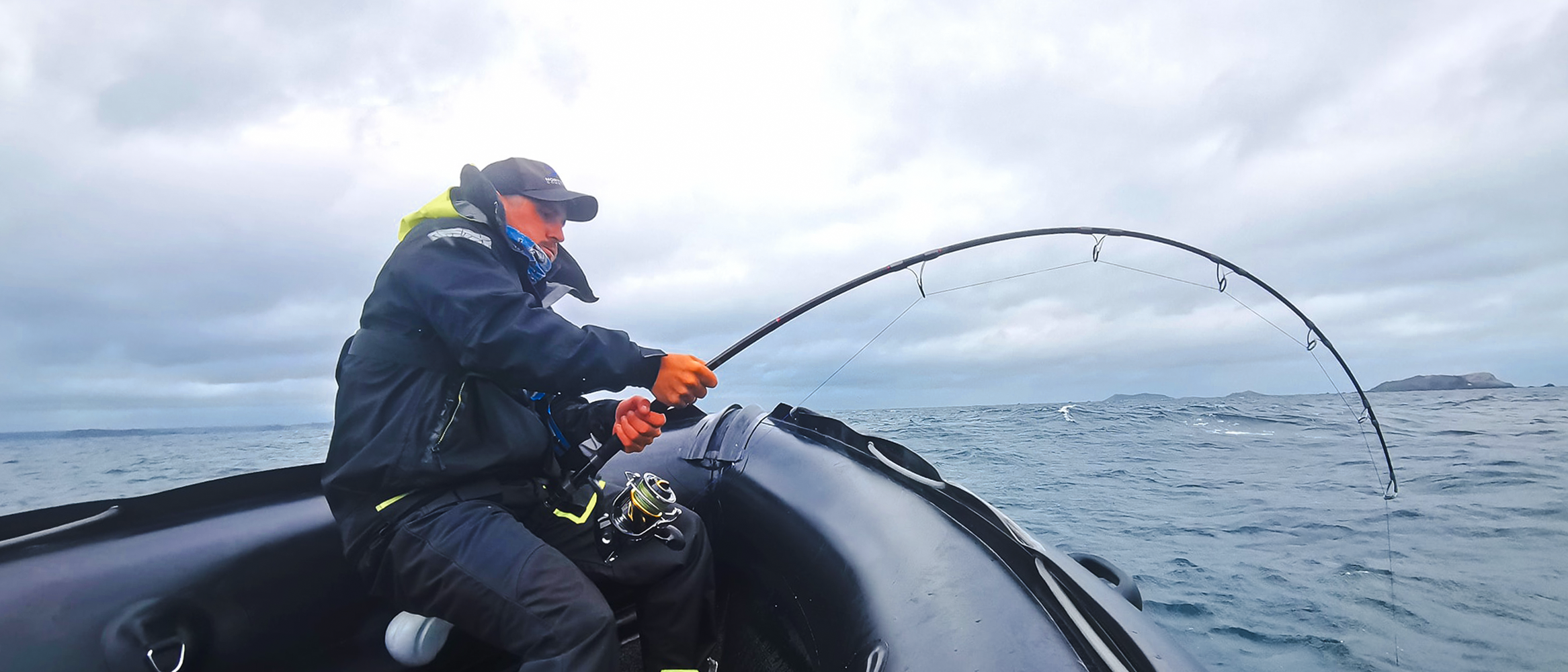
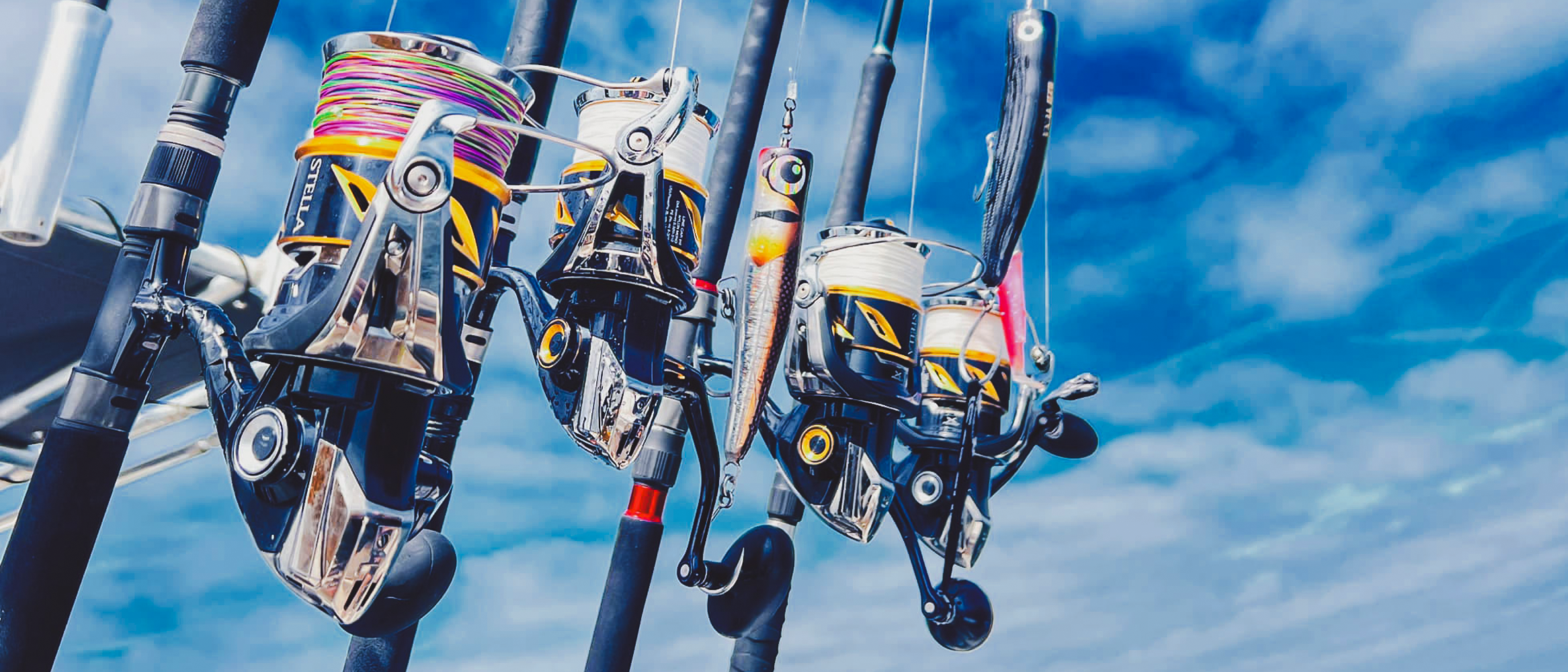
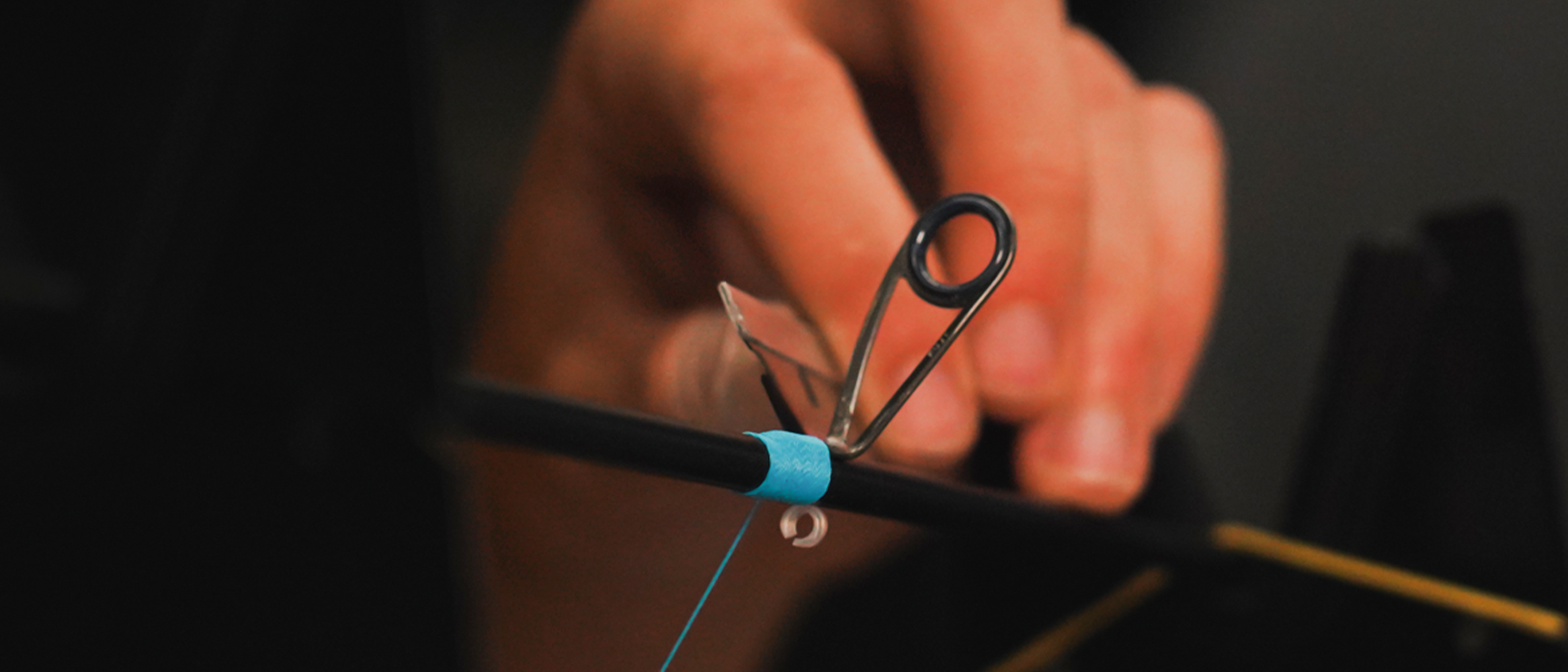
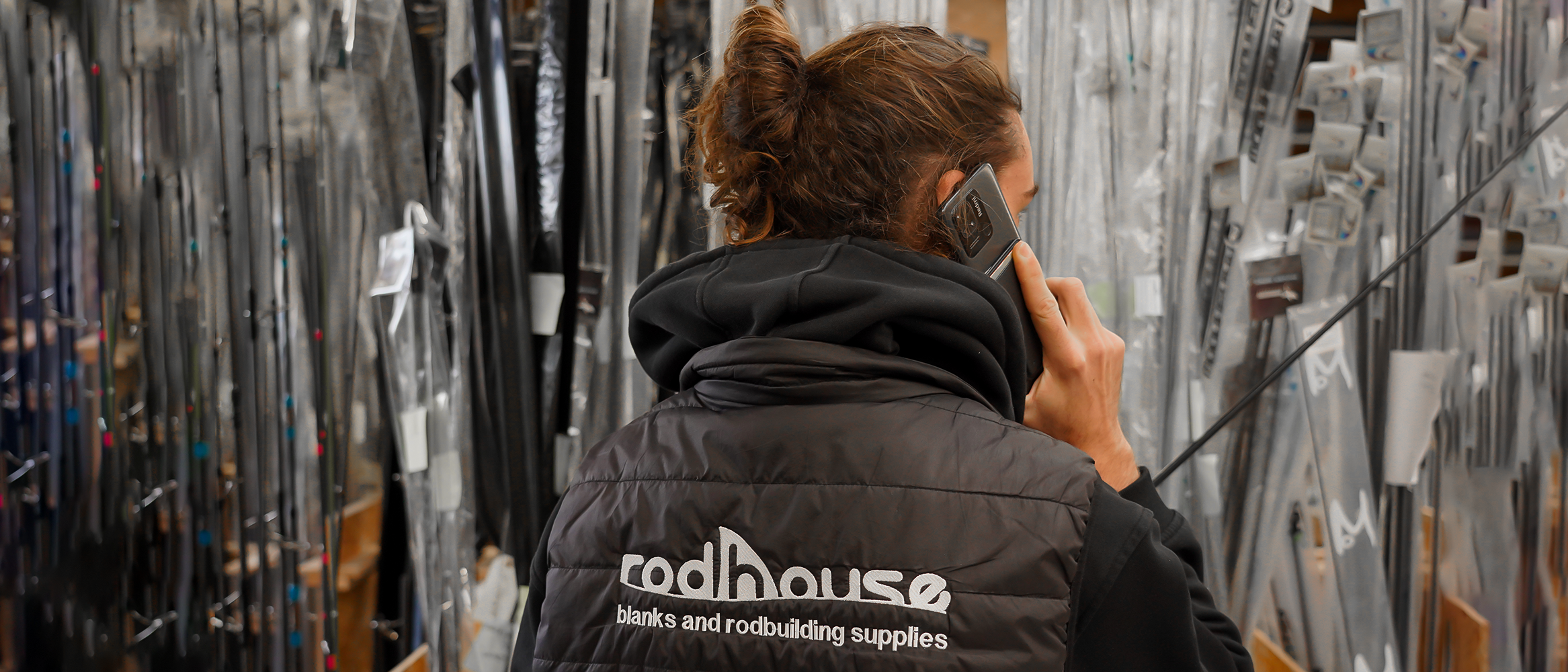
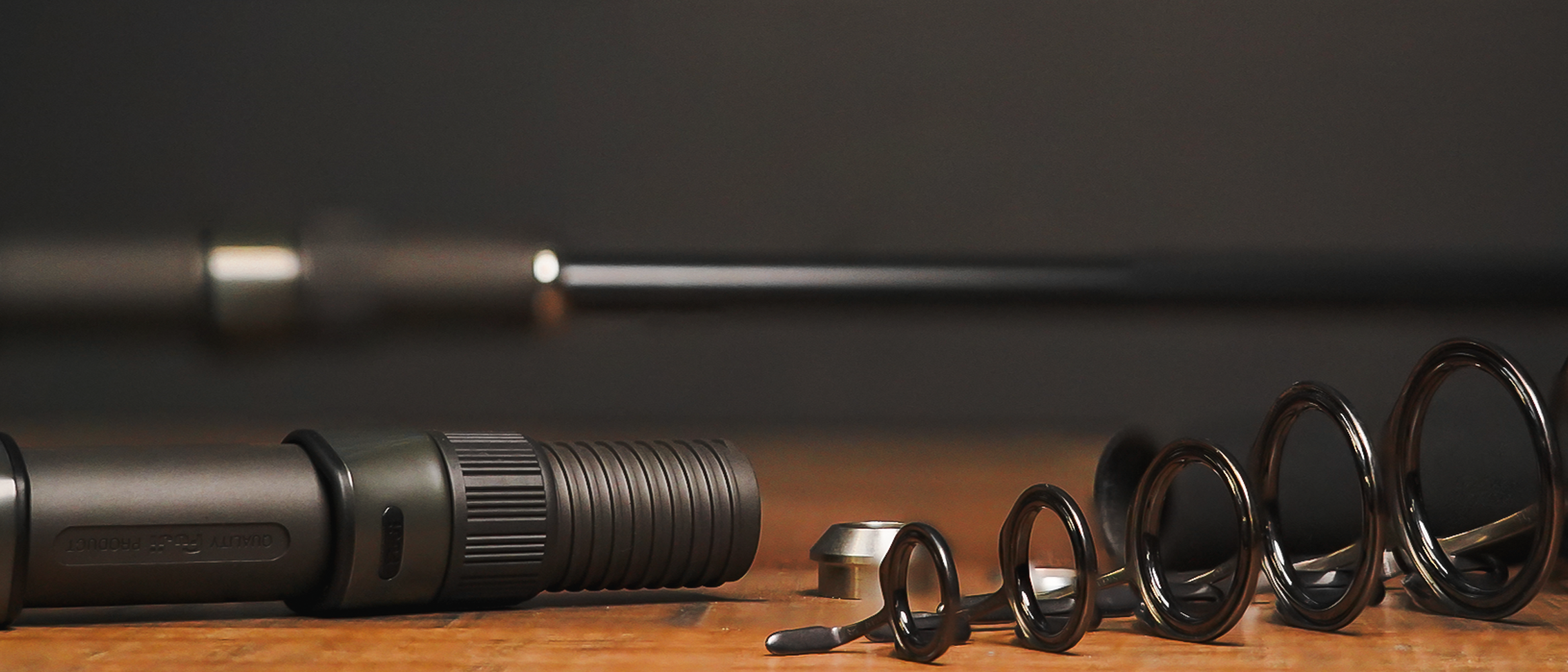
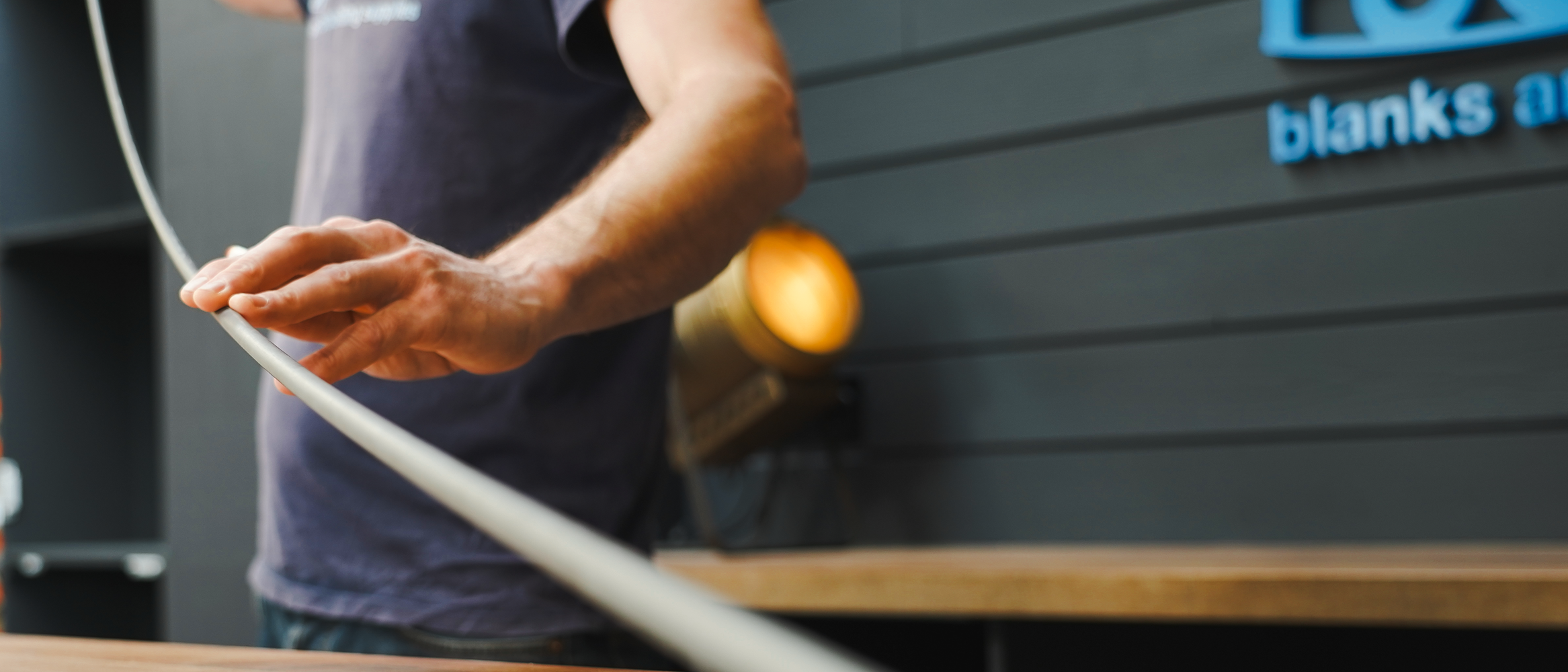
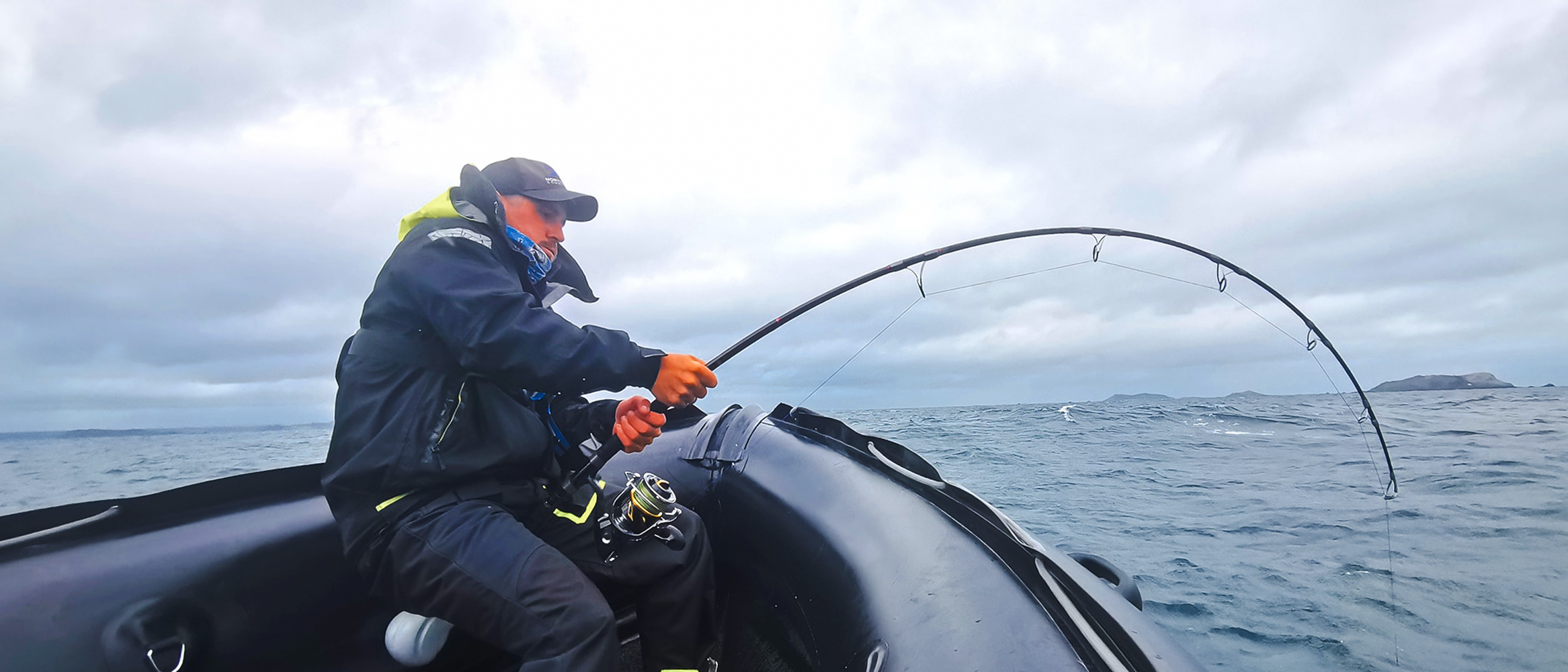
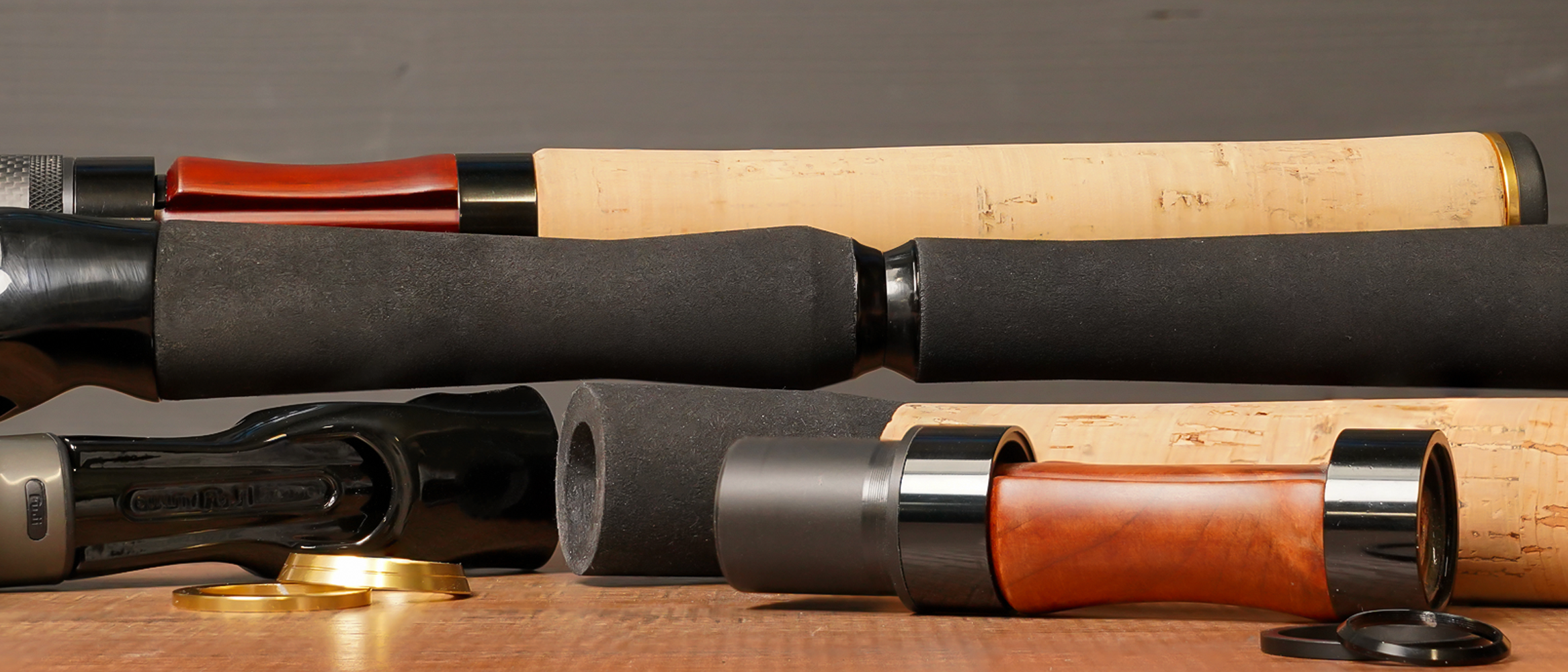
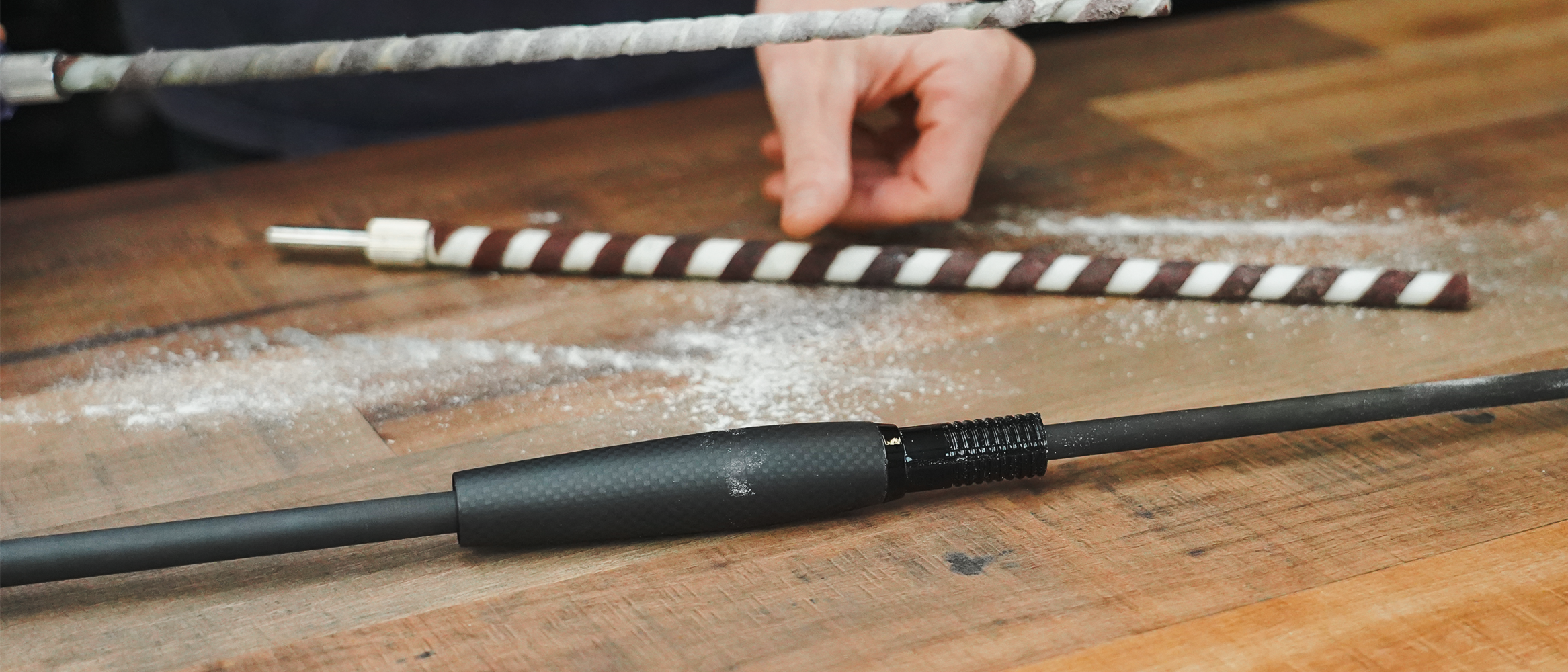
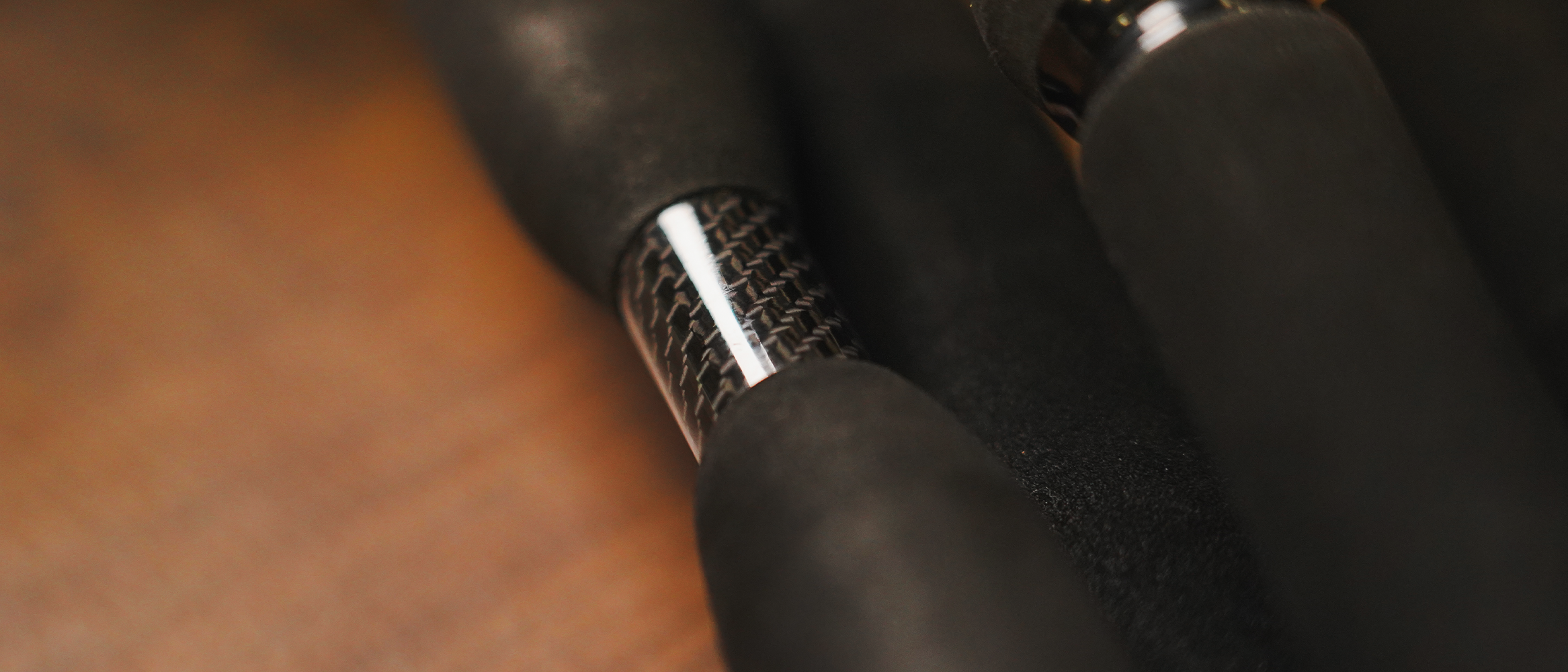
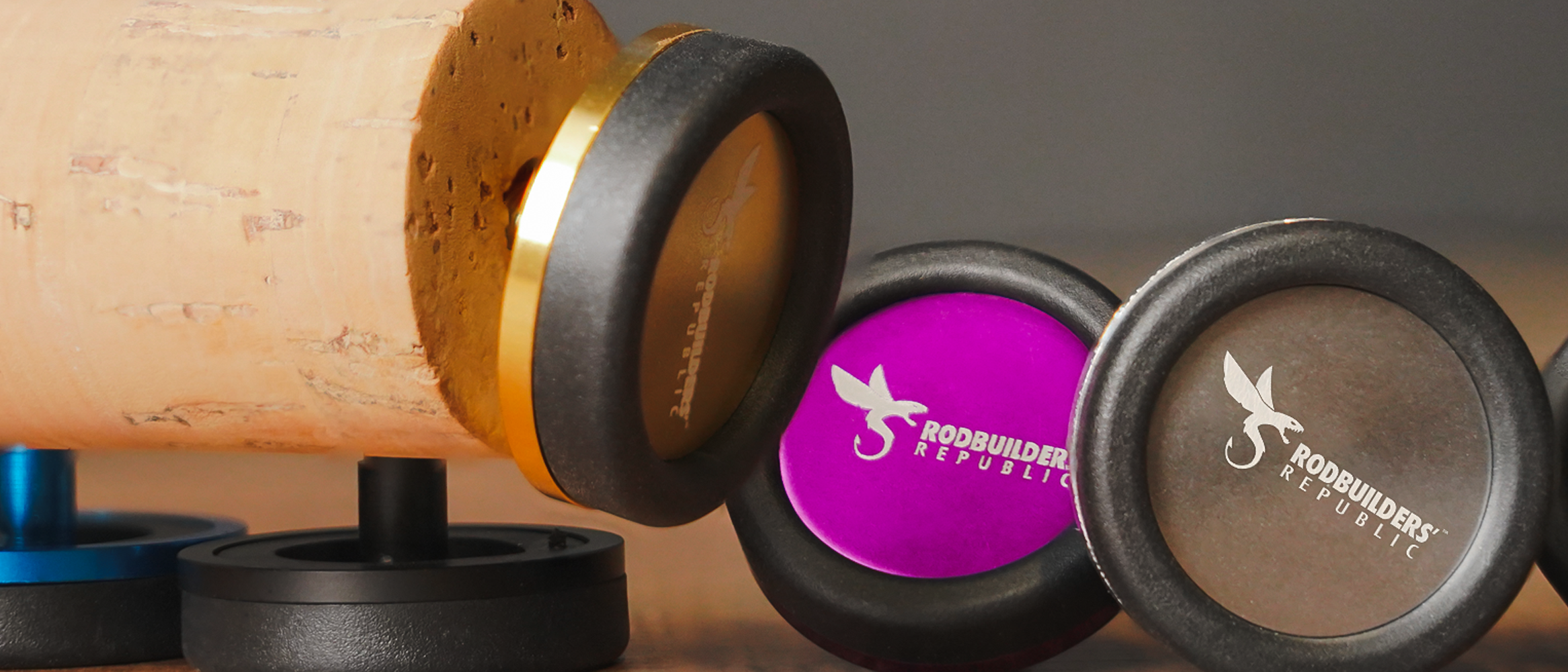
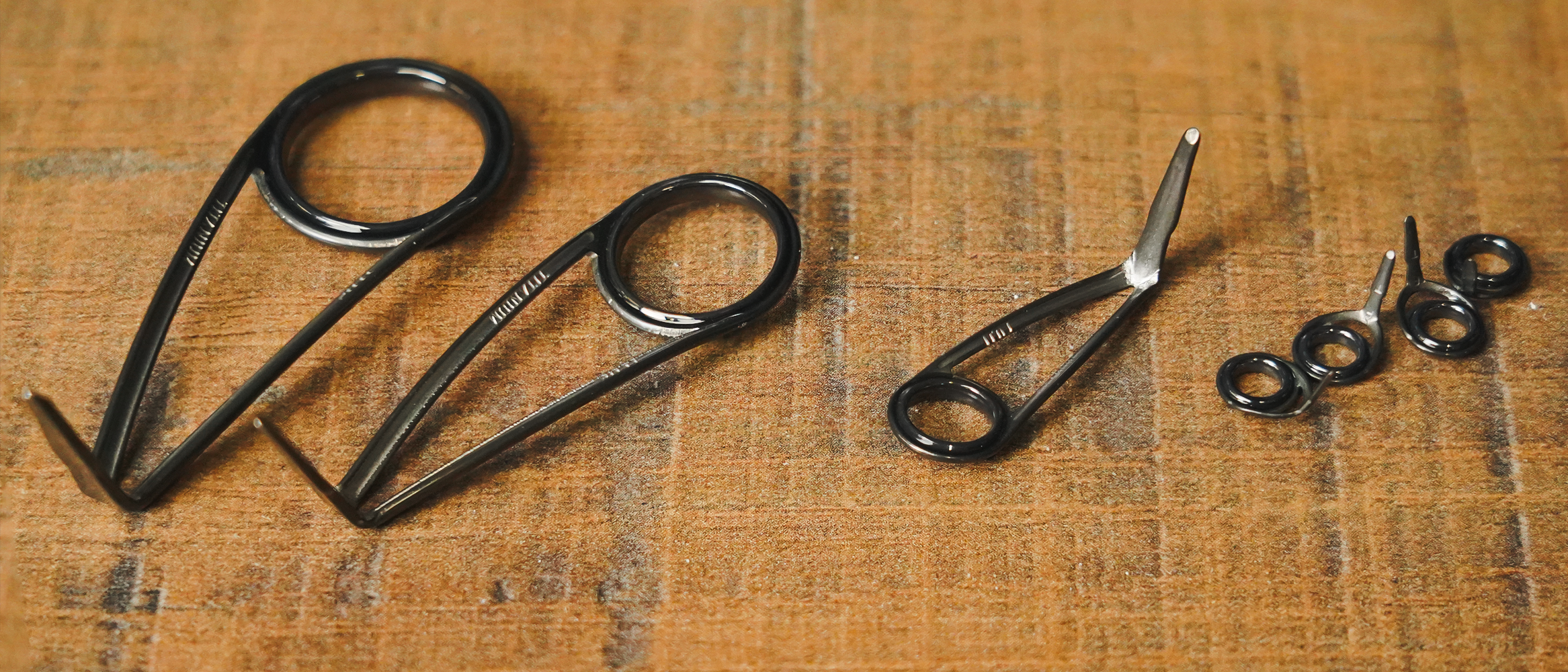

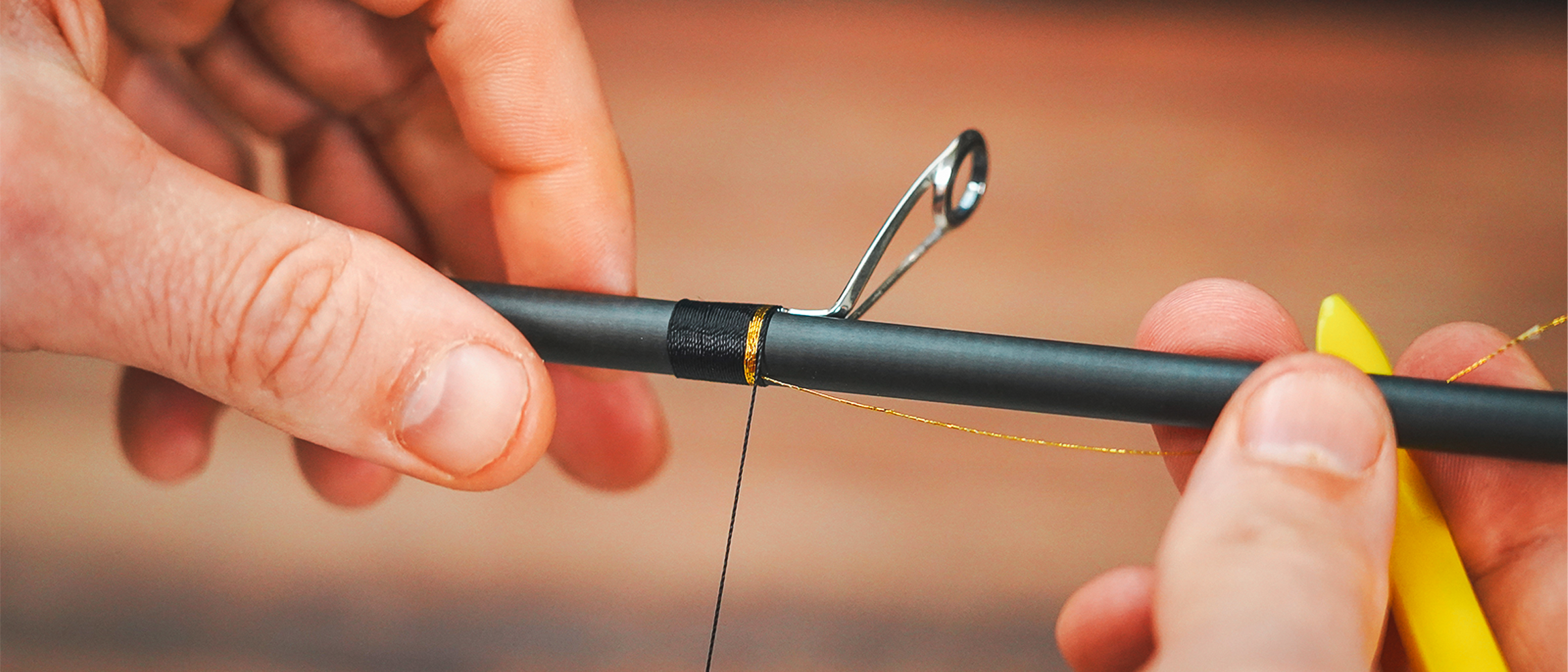
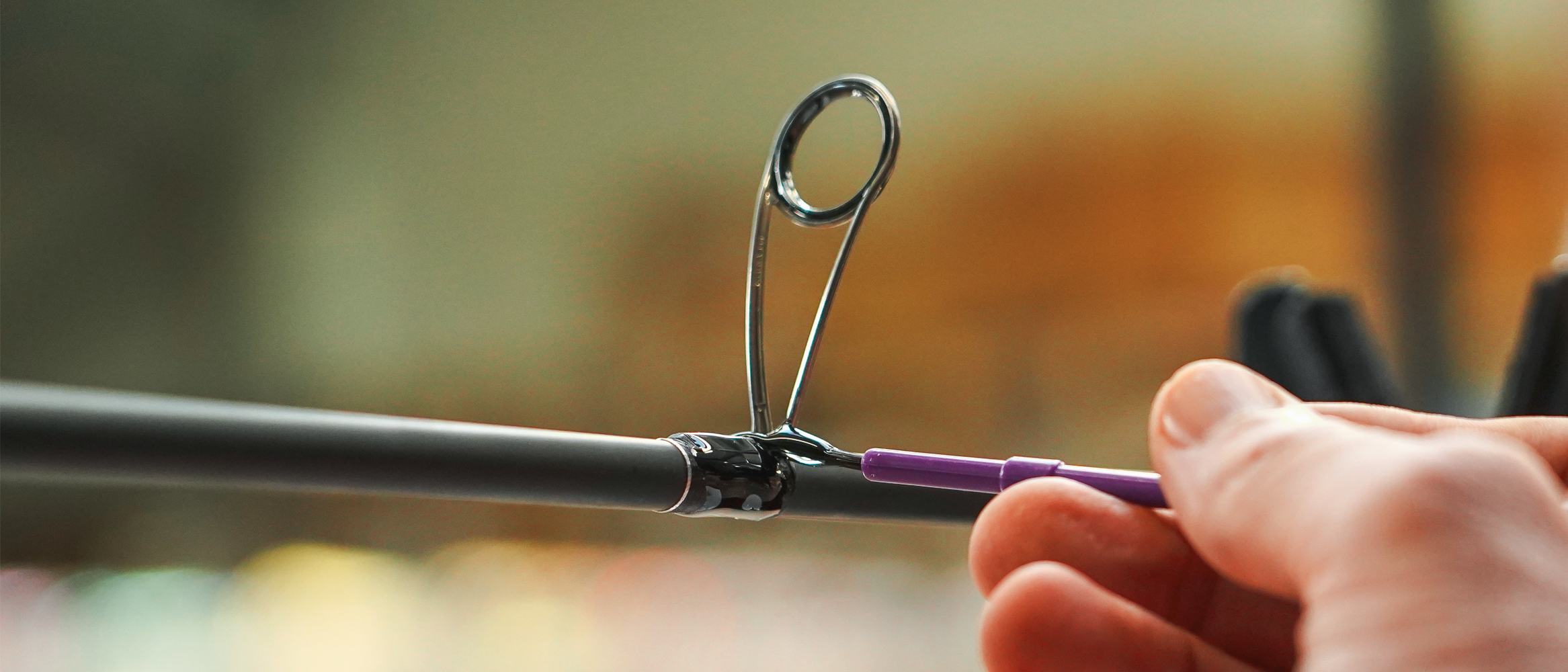
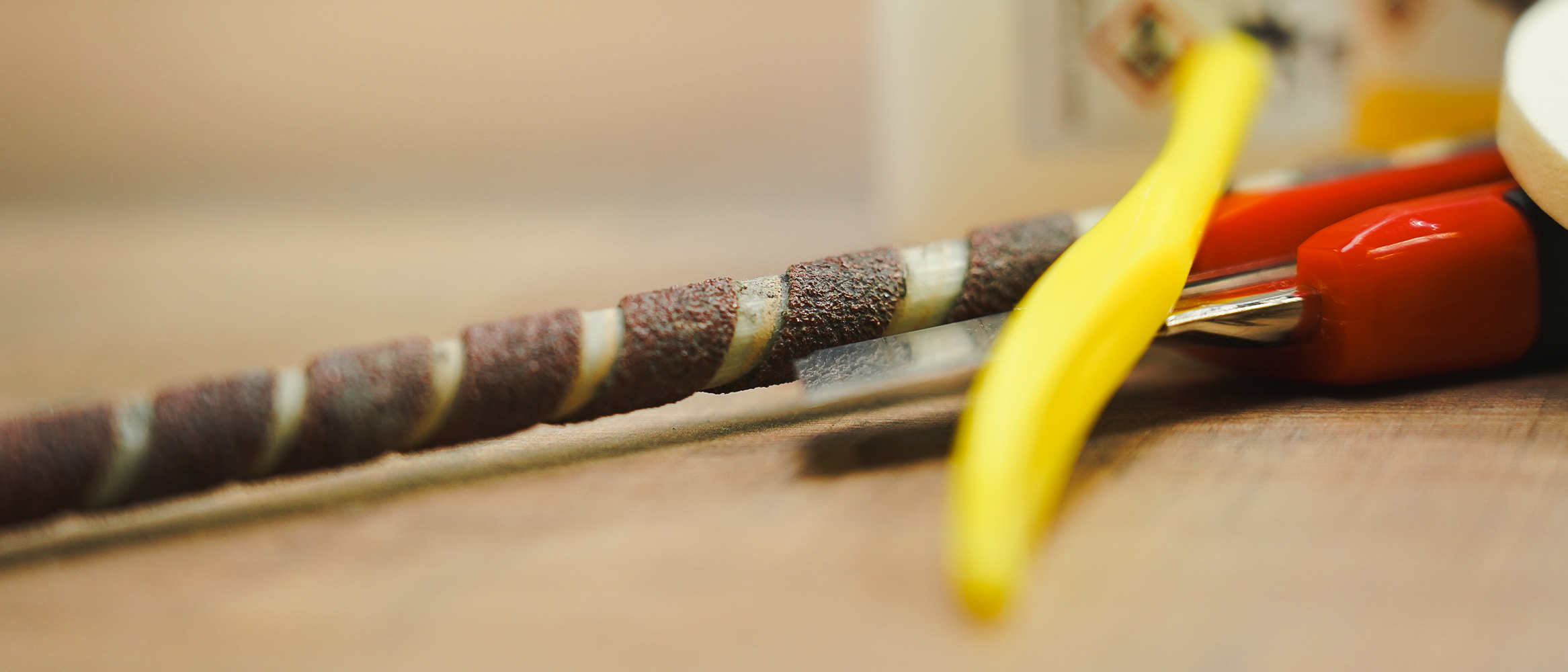
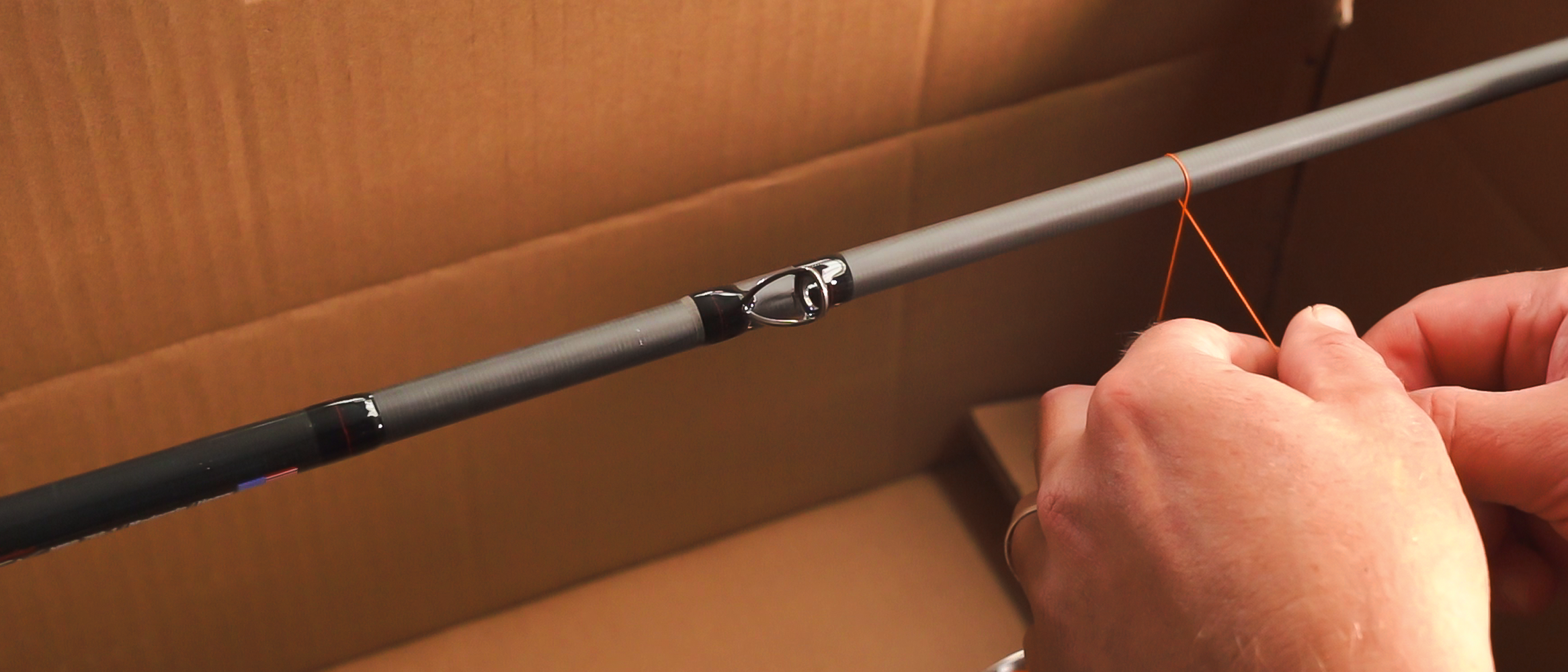
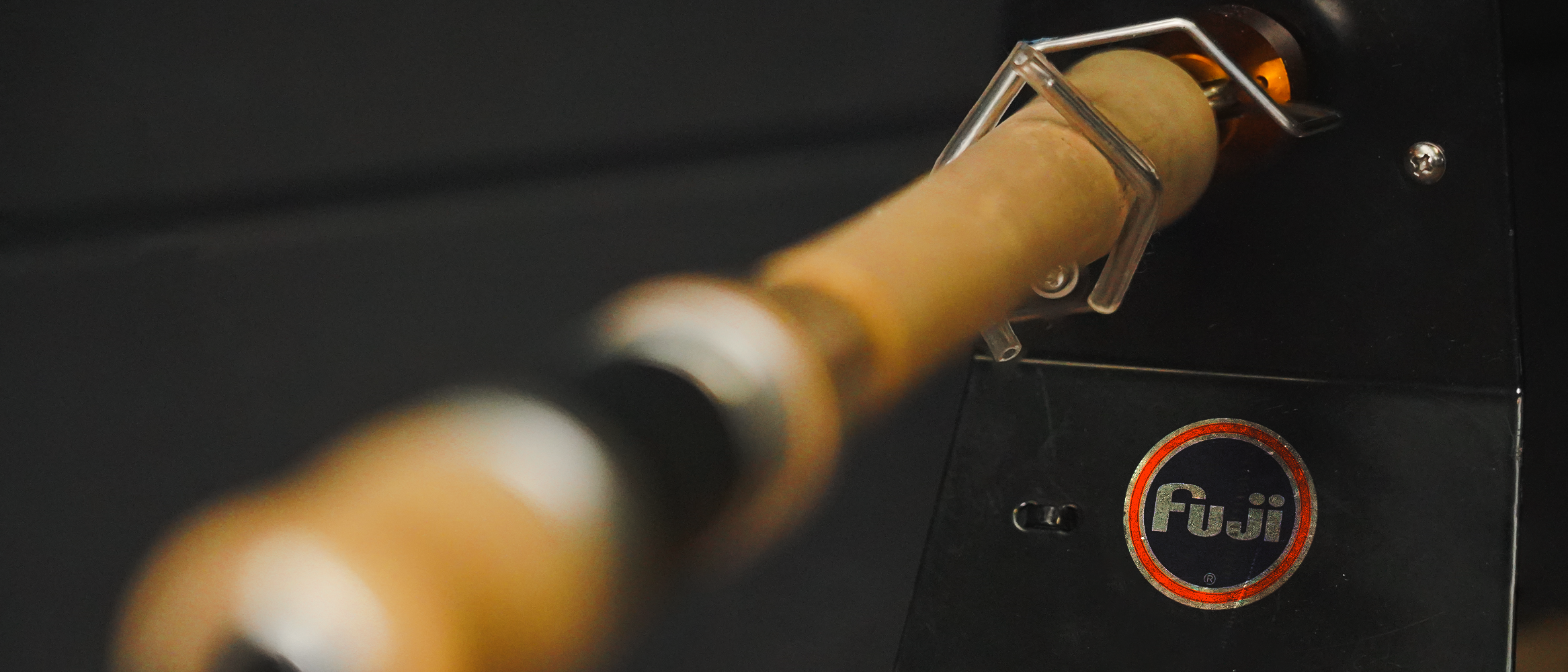
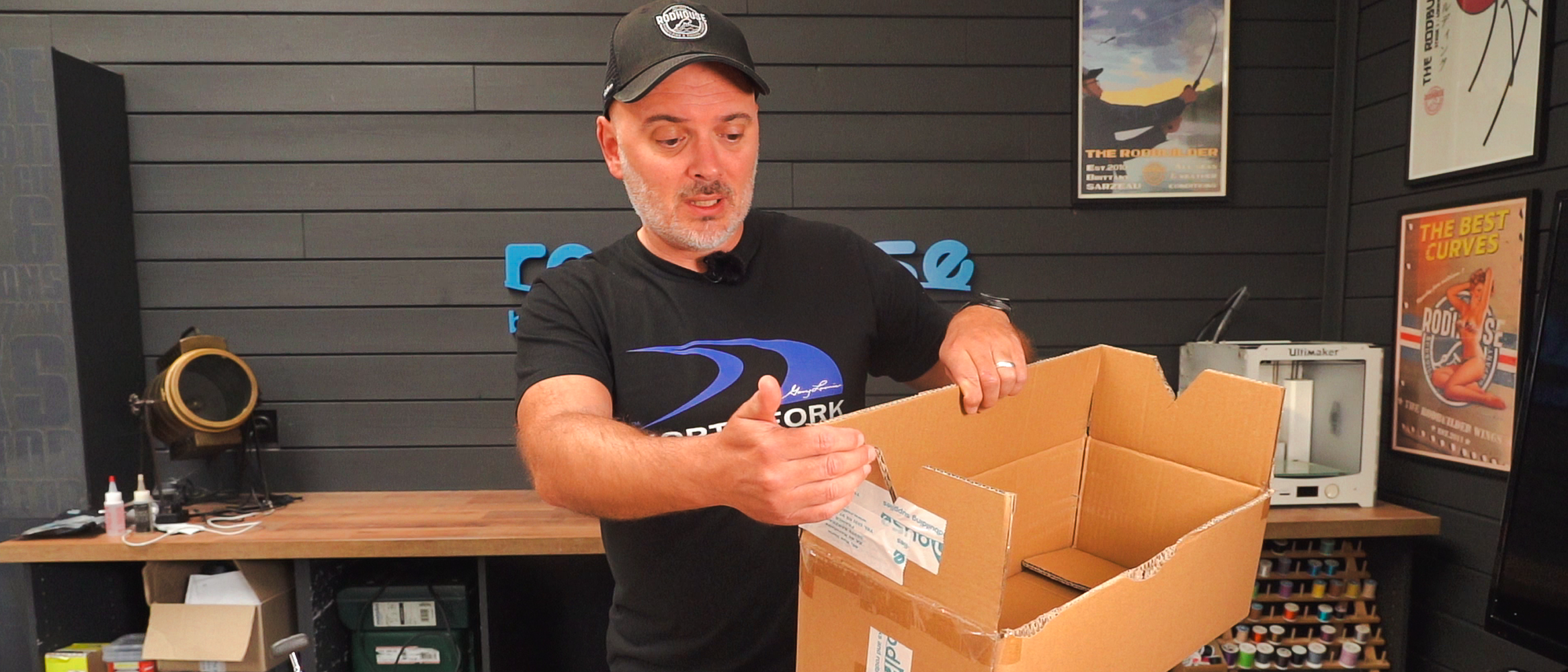
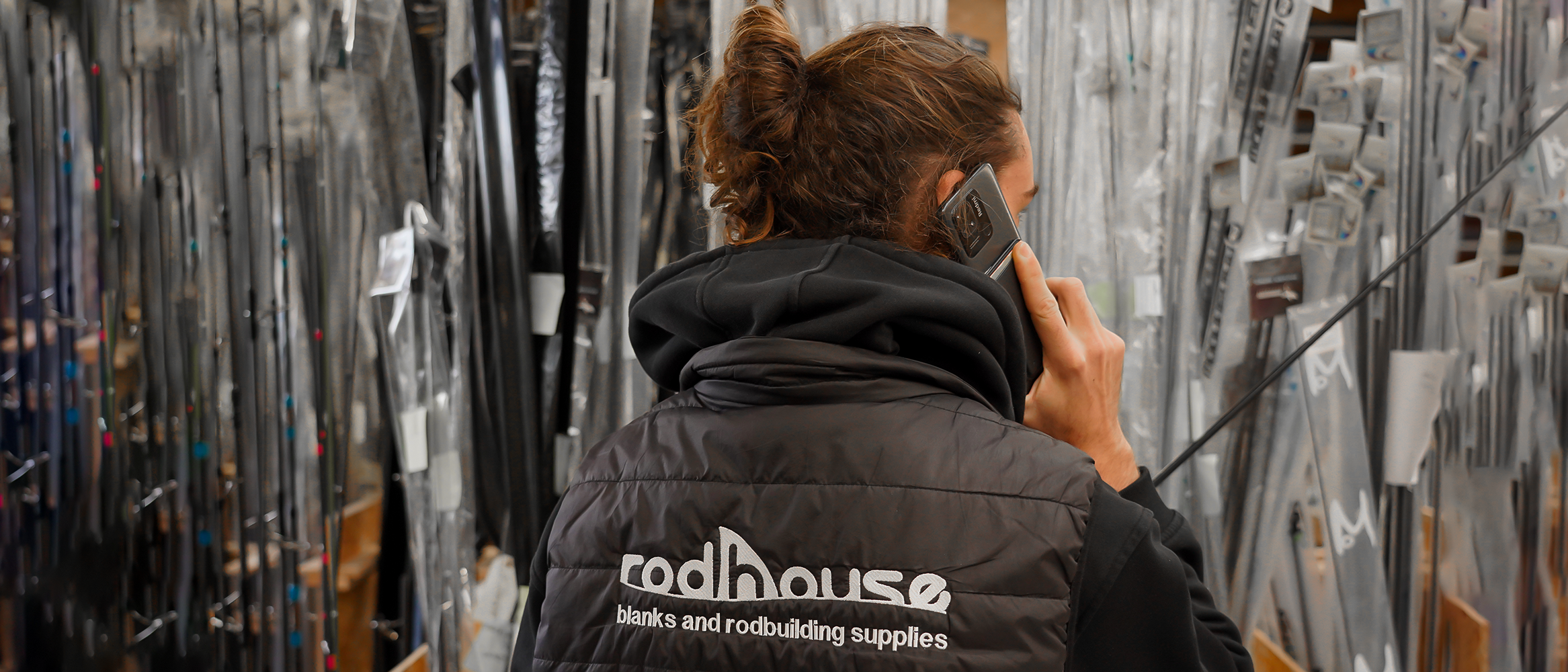
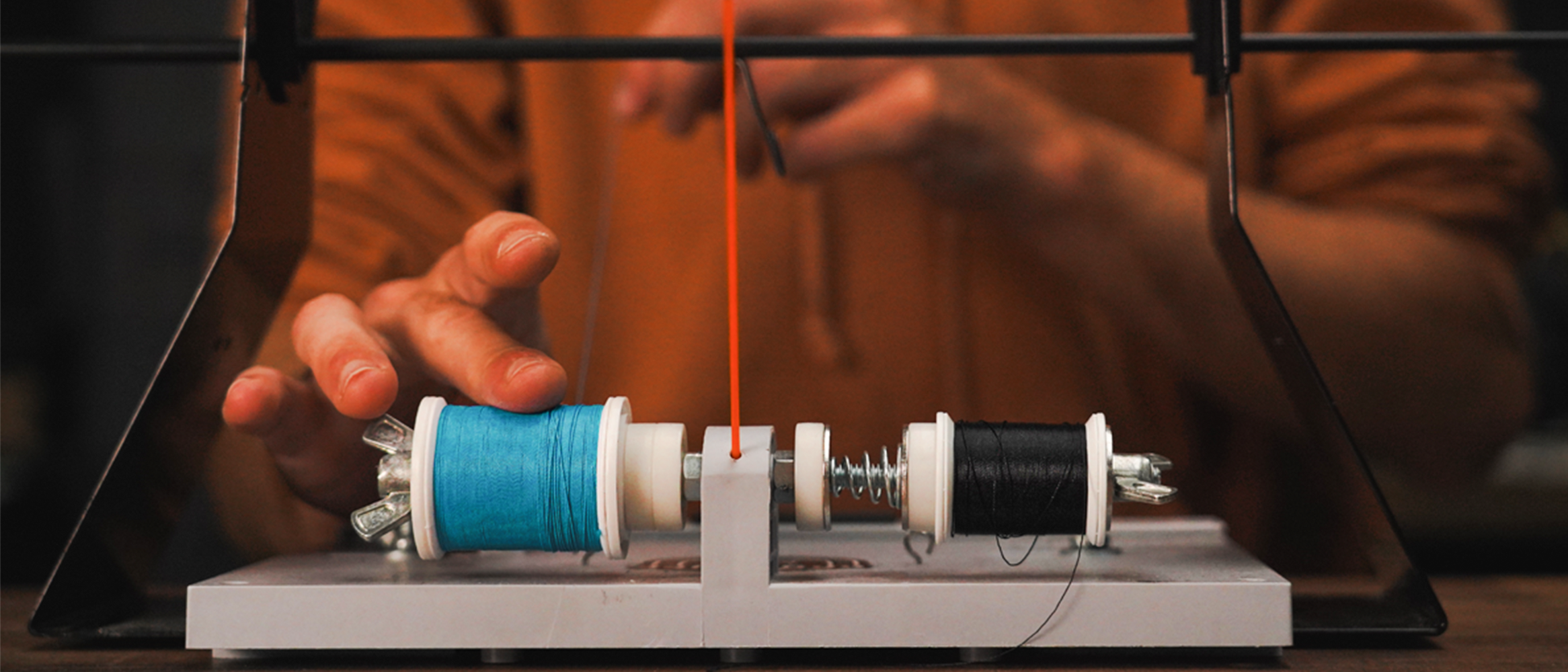
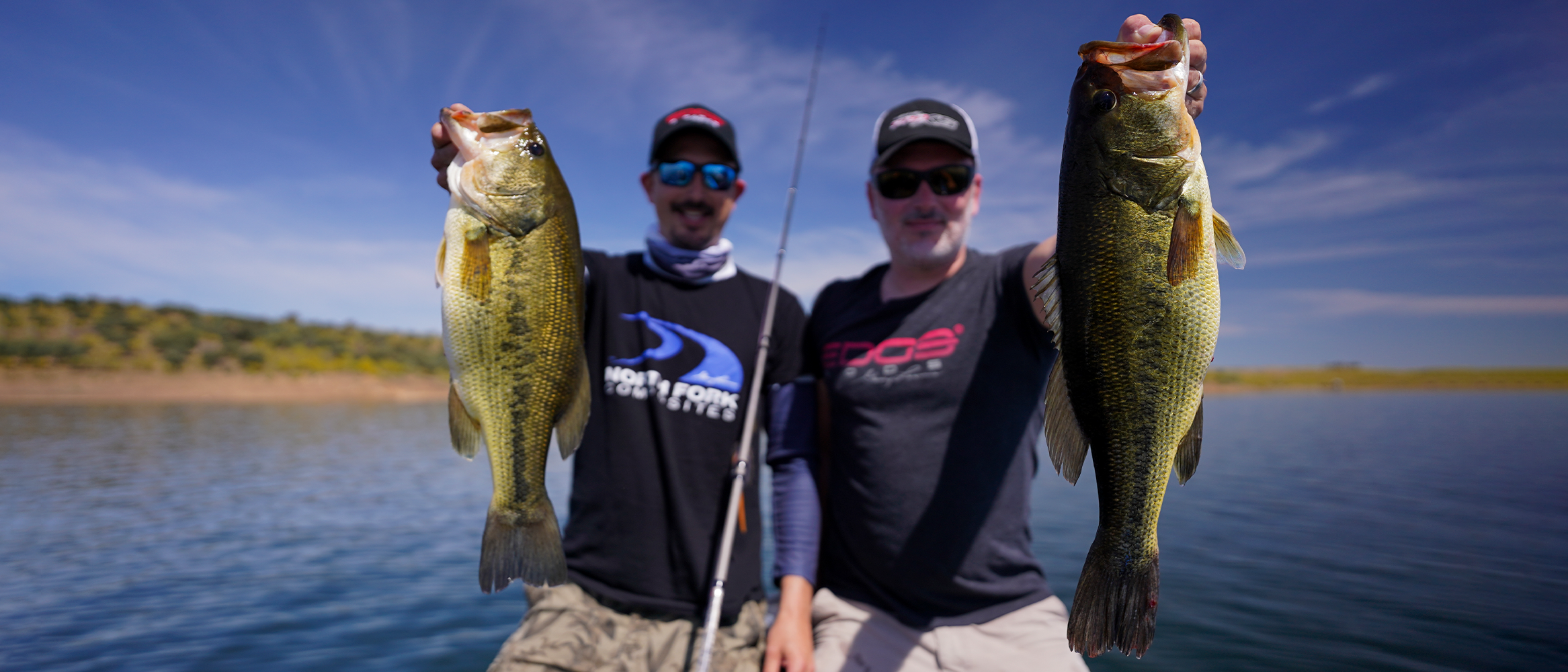
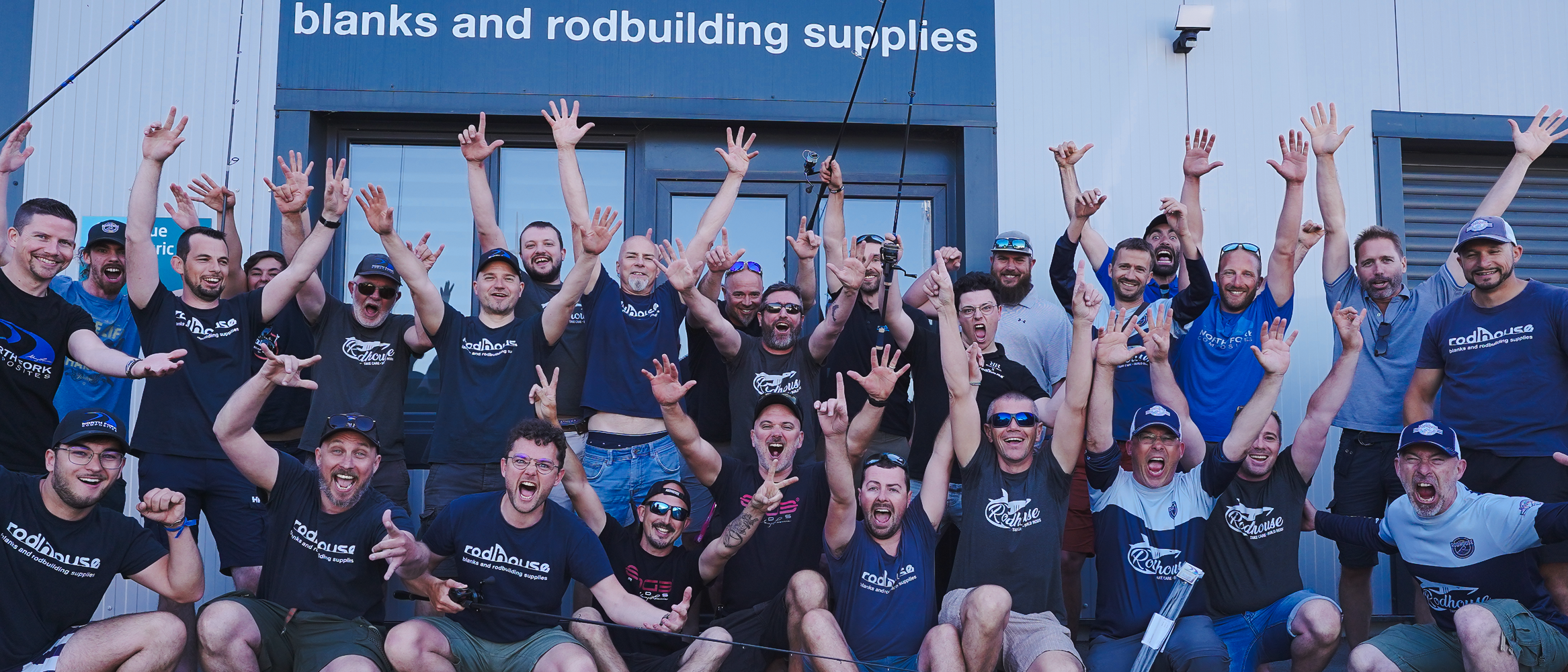
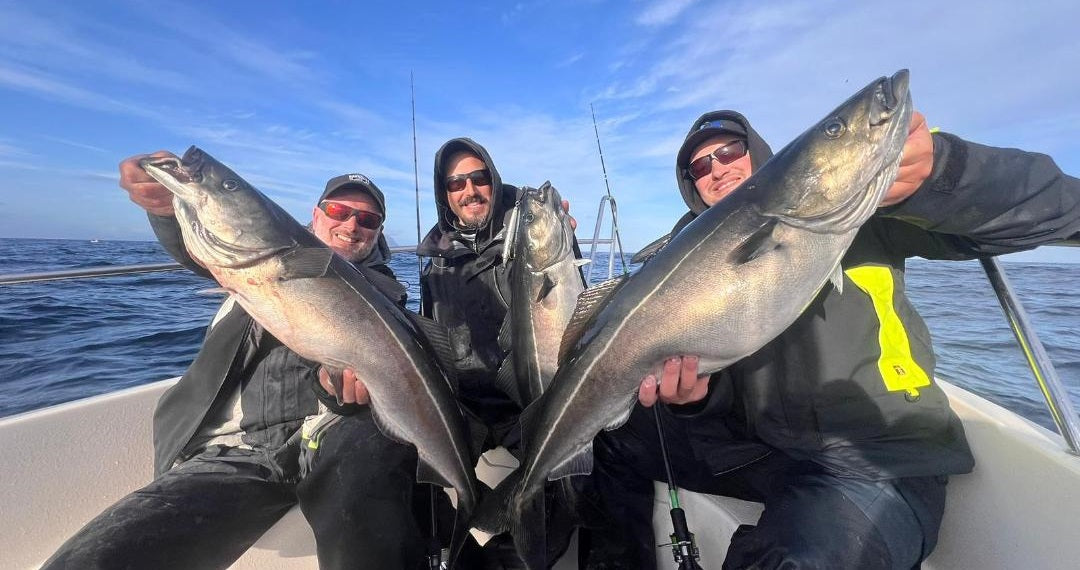
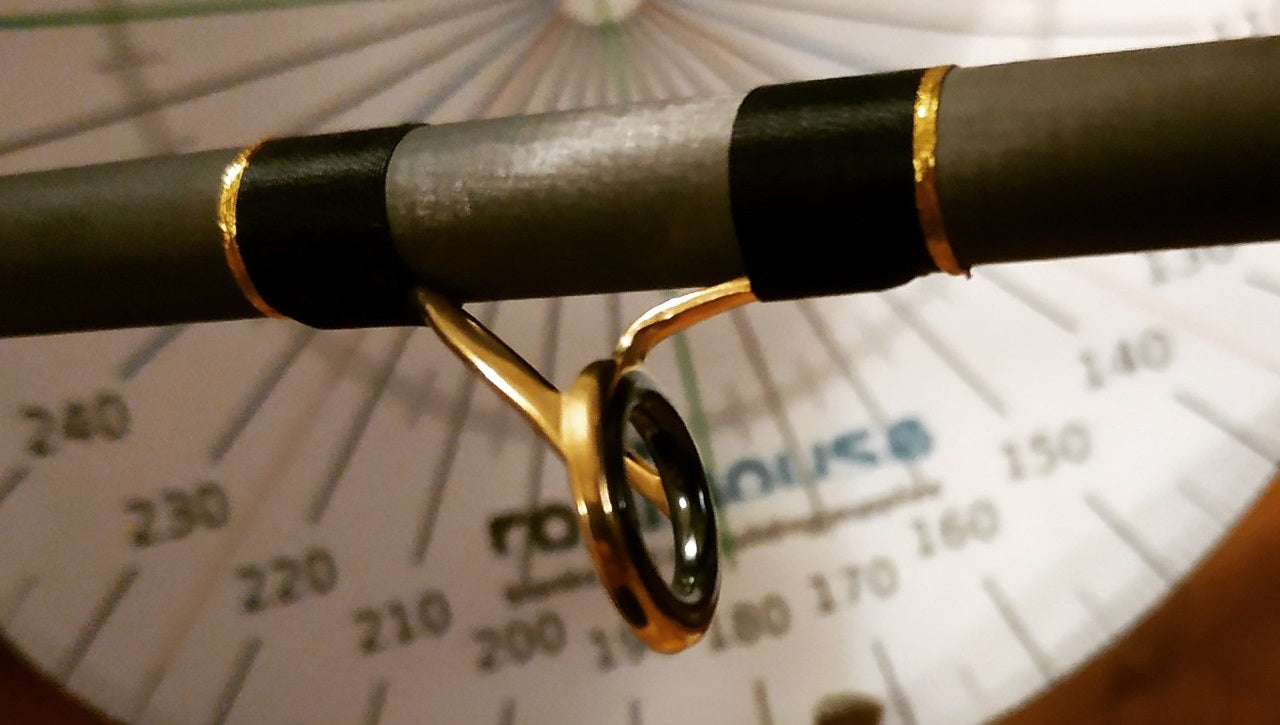

Leave a comment
All comments are moderated before being published.
This site is protected by hCaptcha and the hCaptcha Privacy Policy and Terms of Service apply.